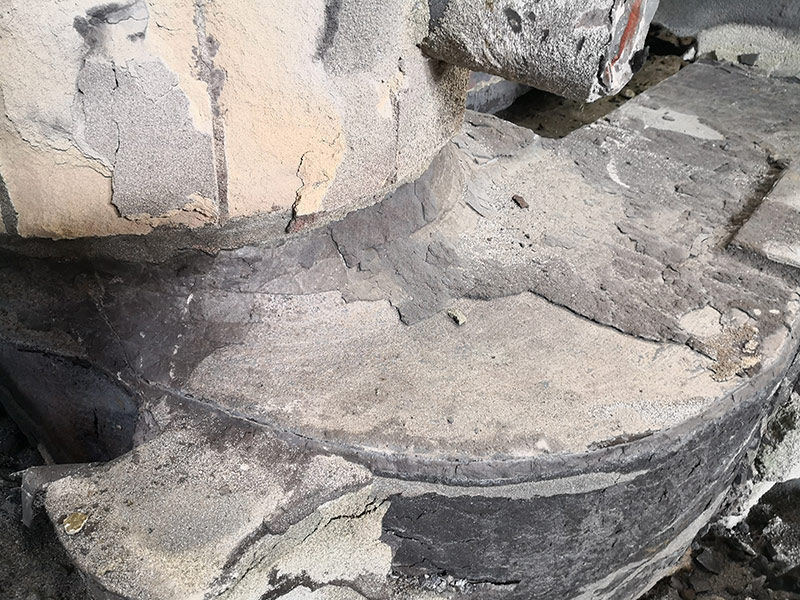How to Make Foundry Sand A Step-by-Step Guide
Foundry sand is a critical material used in metal casting processes. Its ability to withstand high temperatures and provide excellent surface finishes makes it an indispensable component in the production of cast metal parts. This article lays out a detailed guide on how to make foundry sand, encompassing the key steps necessary to prepare this essential material.
Understanding Foundry Sand
Before delving into the process, it’s important to understand what foundry sand is. Typically, foundry sand is made from silica, a compound that comes from quartz. The sand can be used alone or mixed with various bonding agents to enhance its properties. The goal is to create a mold that can accurately capture the details of the pattern being used while also being strong enough to withstand the casting process.
Materials Required
1. Silica Sand The primary raw material. It should be clean and free of impurities. 2. Clay Bentonite clay is commonly used as a bonding agent. 3. Water Moisture content is crucial; it helps in the molding process. 4. Additives This may include organic materials or other binder systems depending on specific requirements.
Step-by-Step Process
Step 1 Sourcing Quality Sand
The first step in making foundry sand is obtaining high-quality silica sand. Look for sand that is round and has a uniform grain size, which will improve the flowability and packing properties. You can find silica sand from local suppliers or mining operations.
Step 2 Preparing the Sand
Once you have sourced your silica sand, the next step is to prepare it. Screen the sand to remove any large particles or impurities. This process can be done using a mechanical sifter or a simple hand-sifting method. Aim for a fine, consistent grade. This step is critical to ensure that the sand can form strong and accurate molds.
Step 3 Mixing with Clay
how to make foundry sand

After preparing the sand, the next step is to mix it with clay. Bentonite is preferred due to its excellent bonding characteristics. The typical mix ratio is about 5-15% clay to 85-95% sand. However, this may vary based on the specific requirements of the casting process. Thoroughly mix the clay with the sand until it is evenly distributed.
Step 4 Adding Water
Moisture is essential for the effective bonding of sand and clay. Gradually add water to the mixture, ensuring that it achieves a damp but not overly wet consistency. The water content should be around 2-5%, but this can vary. The correct moisture level allows the sand to hold its shape when molded but prevents it from being too sticky.
Step 5 Mixing Thoroughly
Once all ingredients are combined, mix them thoroughly. This can be done manually or with industrial mixers, depending on the volume you are working with. Ensure that the sand, clay, and water are evenly mixed, creating a homogeneous material. This step is vital as inconsistencies can lead to defects in the mold.
Step 6 Testing the Mixture
Before using the foundry sand in a casting project, it is advisable to conduct a small test. Form molds and check their strength, stability, and how well they capture details. Adjust the mixture if necessary by adding more clay or sand to achieve the desired properties.
Step 7 Storing the Sand
If you have excess foundry sand, store it properly to prevent it from drying out. Use airtight containers or sealable bags to maintain moisture content. Label your storage with the mixing date for future reference.
Conclusion
Making foundry sand is a straightforward process that requires attention to detail and quality materials. By following these steps, you can produce a reliable product that enhances your metal casting projects. Whether you are a hobbyist or a professional, the optimal preparation of foundry sand is key to achieving successful casting outcomes. Keep experimenting and refining your mixture to meet the specific demands of your applications.
Post time:Nov . 30, 2024 17:47
Next:procesy odlewania piaskiem
